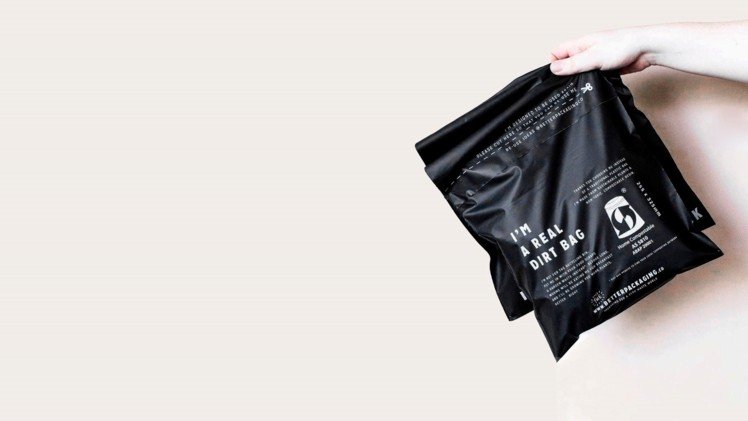Plastic is the number one public enemy, with almost half a million tonnes of it produced every year and 91% of it doesn’t get recycled. The beauty industry is responsible for around 120 billion packaging units every year. This leads to a majority of these units cause waste disposal problems due to being non-biodegradable. As consumers, our daily lives contribute to plastic manufacturing. There are ways to increase environmental awareness and reduce the footprint of your daily habits, and you don’t have to look far, as your daily plastic journey starts a few moments after waking up. The beauty and personal care product industry is one among many that damages the environment, marine wildlife, and contaminates the human food supply chain.
The beauty industry’s plastic production does not end at this. The biggest hazard it poses in the form of plastic production are- Microplastics. Microplastic comprises plastic particles that are smaller than five millimetres in diameter. In the form of a microbead or a plastic fibre, these particles are found in clothing, cosmetics, cleaning products, and personal care products, such as toothpaste and soap. Water filtering systems are not designed to sift elements smaller than five millimetres. Therefore, the particles contaminate water in oceans and end up being consumed by fish, birds, and marine animals. Humans are no exception to microplastic either, which shockingly have been widely found in bottled waters, and once consumed, could potentially contribute to cancer risks. This applies to the beauty products we use too, which is why the health issues caused by using self-care products are on a rise.
Biodegradable plastic is environmentally friendlier, as it eventually degrades. However, it is a very lengthy process, and the particles still get consumed by marine life. Another option is to use packaging made up of materials like glass, but not all toiletries and beauty products are safe to use in easily breakable materials. Having glass containers in the shower could potentially be dangerous for health and safety. In this case, therefore, plastic is still necessary.
For such products, necessary plastic packaging should be reusable, recyclable, or compostable if made from bioplastic that can disintegrate over time. Or brands can come up with innovative ideas to cut down liquid products and make them dry components which are easier to package.
The involvement of science and technology in the industry to come up with effective solutions is very important and it should be kept in mind that the carbon footprints we leave behind are going to cause harm not just to the environment, but also to our health.
The sustainable beauty webinar is keen on discussing all of these important issues and how companies can work towards changing their method of working. Our experts belong to a background of sustainable living and they will be sharing their experiences and methods to tackle such issues.
Register with us today- Sustainable Cosmetic Summit USA



